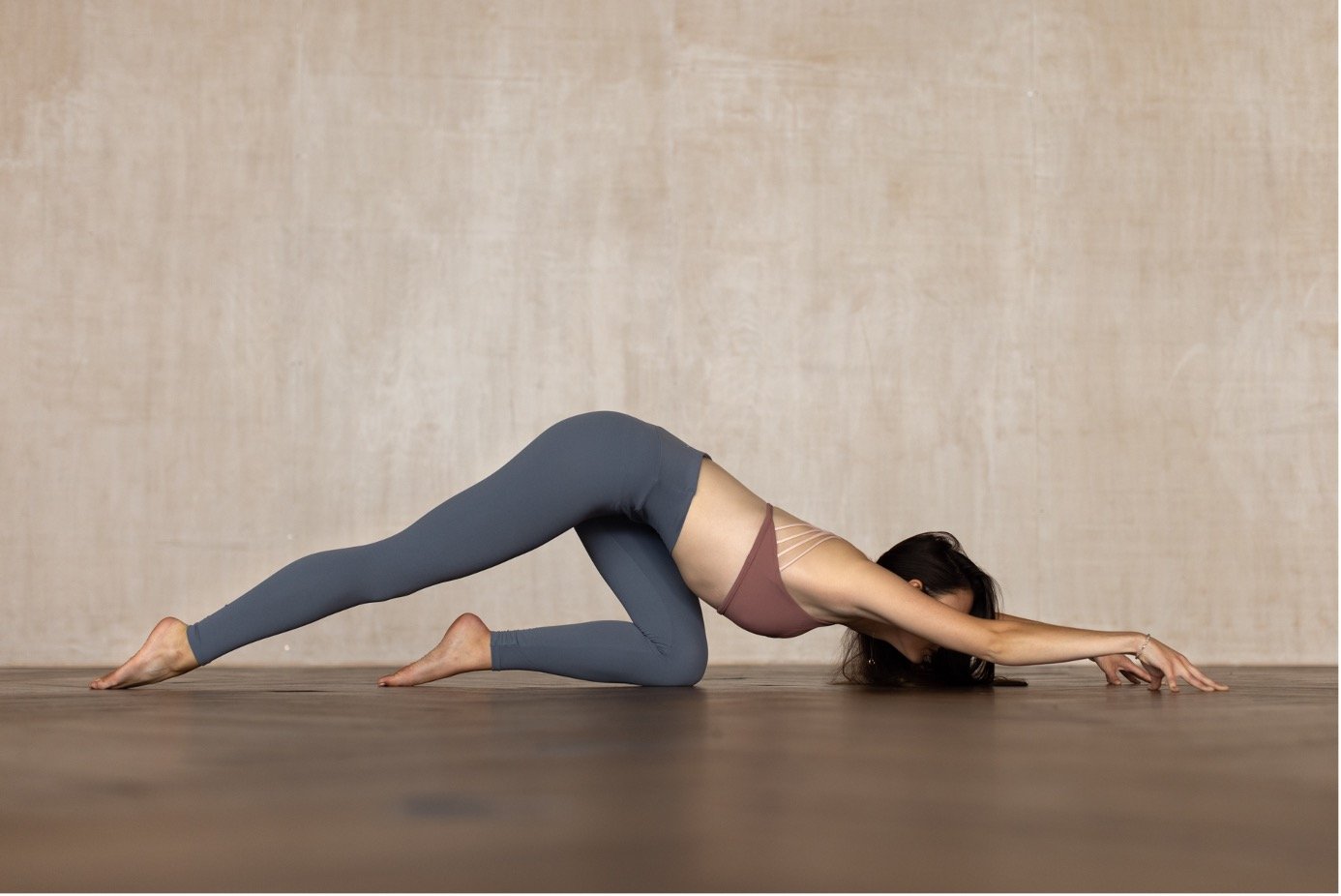How yoga can help digestive issues
By Laura Jennings
The health of our gut is important to our quality of life and impacts our energy levels and emotional wellbeing. One of the most important processes that occurs in the gut is digestion. See how regular yoga practice can play a part in assisting digestion.
***
Yoga is recognized as a mind-body practice that combines physical, mental and spiritual elements. It includes breath control, meditation and a series of physical postures. A regular yoga practice has been found to promote strength; flexibility and can improve stress related illnesses, such as heart disease and chronic gut health conditions. The health of our gut is important to our quality of life and impacts our energy levels and emotional wellbeing. One of the most important processes that occurs in the gut is digestion. Digestion is a bodily process used to break down the food we ingest into water-soluble molecules. This ensures we absorb enough vitamins, minerals, fats, proteins and carbohydrates for energy, growth and repair. Poor digestion can result in the following symptoms.
Bloating
Weight Management Issues
Anxiety
Fatigue
Low Energy
Abdominal Pain
Nausea
Conspitation
Heartburn
If bacteria in the gut is out of balance these can worsen digestive problems. If poor digestive health is left unmanaged these symptoms may develop into more severe gut problems, such as IBS and Diverticulitis in older age.
So how can yoga benefit digestion?
REST AND DIGEST MODE
Stress is often viewed as a negative response. However, it is useful during life threatening situations where we need to act quickly to avoid danger. One element of the stress response is the mobilisation of the body’s energy stores and metabolic resources to respond during fight-or-flight. If stress persists, it prevents the metabolism from returning to its original state and the body’s metabolic reserves may remain altered in fight-or-flight mode. Through syncing breath with movement, yoga provides the body with physiological cues that it is safe to move into rest and digest mode and keeps the body and its metabolic resources in a state of calm via the parasympathetic nervous system. In rest and digest, stomach acid secretion takes place in response to food entering the oesophagus and the full digestive process can resume, which is usually suspended during the fight-or-flight response.
Through syncing breath with movement, yoga provides the body with physiological cues that it is safe to move into rest and digest mode and keeps the body and its metabolic resources in a state of calm via the parasympathetic nervous system.
INCREASED BLOOD FLOW TO ORGANS
Some poses in yoga apply a slight compression to our organs and can constrict blood flow temporarily. The change in pressure when the pose is released stimulates fresh blood flow to enhance the natural function of our digestive organs.
THE IMPACT OF GRAVITY
Inversions are yoga poses, which mean our torso is usually upside down, either in a shoulder stand, a headstand or a forward fold. The bowel pathway runs up one side of the lower stomach, across the torso and out down the other side of the abdomen. When standing, one side of the bowel pathway is assisted by gravity but the other side must work against gravity. In yoga inversions, the bowel pathway that usually works against gravity is now assisted by gravity, which can facilitate the removal of waste products through the bowel.
Below are some example yoga poses that are great for promoting digestion and mental clarity:
Twist it out
Supine Spinal Twist – Extend your left leg long and bend your right knee in towards the chest. Drop you right knee over towards the left. Extend your right arm and turn your gaze towards the right. Repeat on the other side.
Seated Twist – Sit cross-legged with a straight spine. Bring your left hand to your right knee and place the right hand behind your on the floor. Put a slight pressure on your right knee to help you twist further. Twist from the base of your spine to the right and breathe deeply for three breaths to five breaths on each side.
Downward Facing Dog Twist – From downward facing dog grab your right ankle, calf with your left hand and hold for three breaths. Repeat on the other side.
Hang Upside Down
Legs against the wall pose – Place the shorter side of your yoga mat against the wall. Place your buttocks against the base of the wall and raise your legs so they fall against the wall. Let your arms rest either side or on your stomach. Stay in the pose for a minimum of five minutes. Hug your knees in towards the chest and roll over to one side to release from the pose.
Plough Pose – Bring your knees towards your chest and extend them up towards the ceiling as if going into shoulder stand and begin to lower your legs slowly over your head until your toes reach the floor. Release your hand to the floor in front of your hips or interlace your fingers.
Shoulder Stand – Lift your hips and extend your legs up towards the ceiling. Place your hands on your lower back and hold for three to five breaths.
Backbends
Bridge – Place your feet flat on the floor. Make sure you can touch the backs of your heels with your hands. Place your hands either side and life your hips slowly off the floor. Keep your hands either side or interlace them coming up onto your shoulder blades.
Puppy Pose – From all fours begin to extend your arms and chest forward with hips staying exactly where they are. Walk your hands forward until your chest or fore head reaches the mat.
Camel Pose – Stand on your knees at the front of the mat. Ensure that knees are hip width distance. Place your hands to the base of the spine and slowly look up as you begin to lean backwards. For a deeper back bend begin to walk each hand towards each heel for a deeper backbend.
ABOUT THE AUTHOR:
After five years working in the corporate world in luxury fashion and technology, Laura trained as a yoga teacher and joined the team at My Method, curating exciting and diverse wellbeing programmes for private clients and corporates.
Laura has a passion for holistic wellbeing and nutrition and has joined the Be Well team to support with content creation, workshop development and more. She is progressing in the world of health and wellness and has recently completed a Masters in Nutrition at King's College London.




